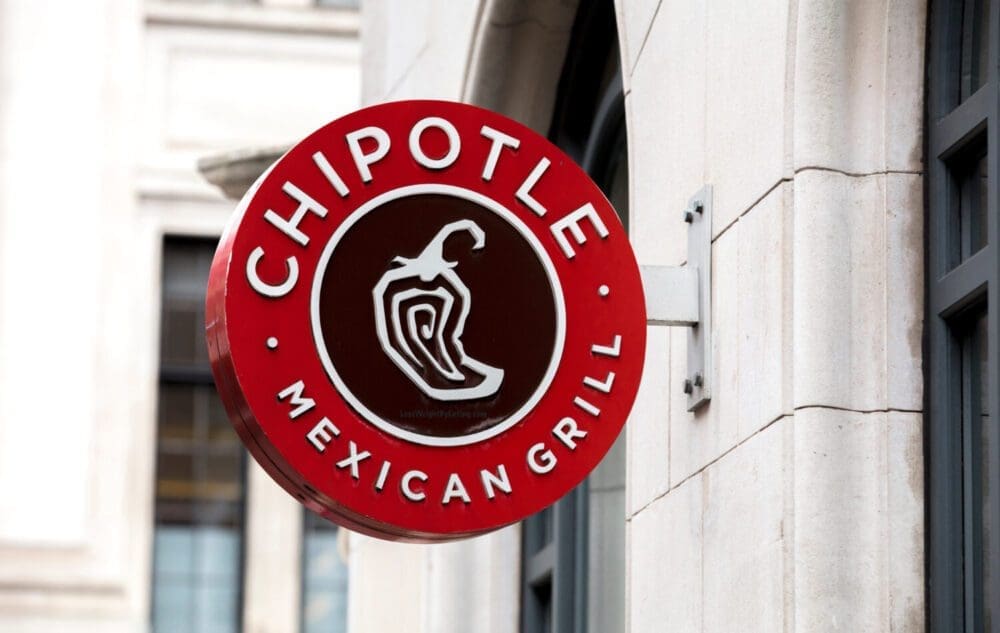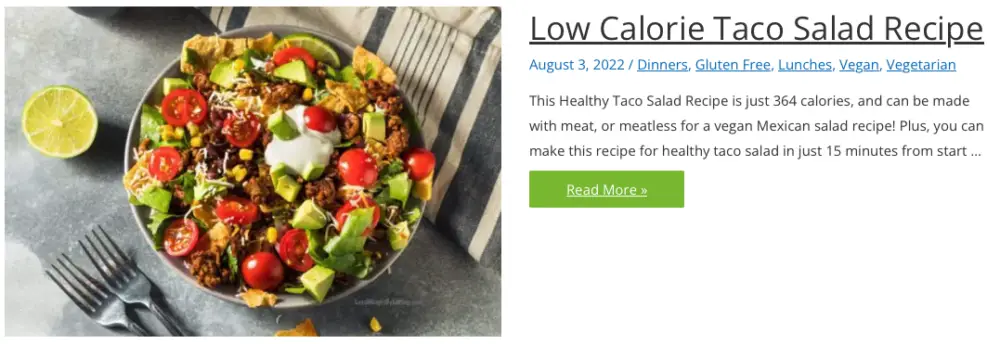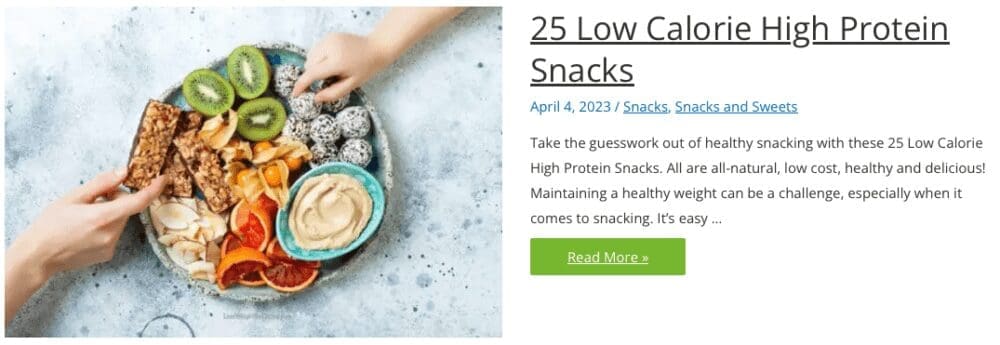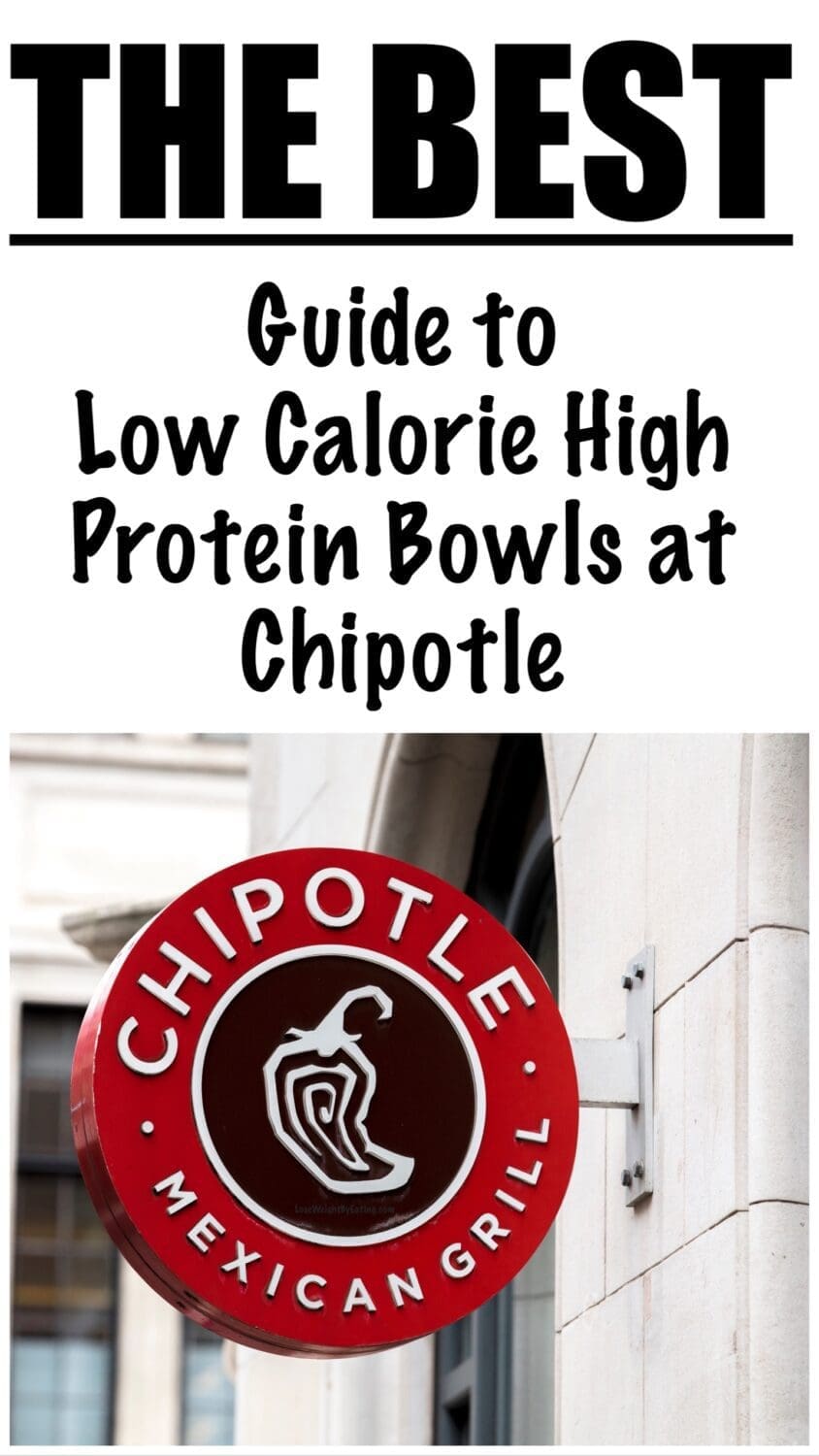Make your own low calorie high protein chipotle bowl with this How to Build a Low Calorie High Protein Bowl at Chipotle guide!


Chipotle Mexican Grill is a popular fast-casual restaurant chain known for its customizable bowls. Whether you’re a health-conscious individual or simply looking to make smarter choices when dining out, building a low calorie high protein bowl at Chipotle is a great option.
In this article, I’ll share various ingredients, combinations, and strategies to help you create a delicious and nutritious bowl that aligns with your dietary goals. Let’s dive in!
Understanding Low Calorie High Protein Diets
Before we delve into the specifics of building a low calorie high protein bowl at Chipotle, it’s essential to understand the principles behind this dietary approach.
A low calorie high protein diet focuses on consuming fewer calories while prioritizing protein intake. This combination can be beneficial for weight management, muscle growth and repair, and overall health.
Protein is known for its satiating effects, meaning it keeps you feeling full for longer periods.
By incorporating ample protein into your diet, you can reduce hunger pangs and cravings, ultimately aiding in weight loss or maintenance.
Additionally, protein plays a crucial role in muscle development and repair, making it an essential nutrient for those engaged in physical activity or strength training.
Now that we have a basic understanding of the benefits of a low calorie high protein diet, let’s explore how we can apply these principles at Chipotle.
How to Build a Low Calorie High Protein Bowl at Chipotle
Creating a low calorie high protein bowl at Chipotle requires a thoughtful selection of ingredients.
By strategically choosing your base, protein, toppings, and sauces, you can design a bowl that satisfies your taste buds while aligning with your dietary goals.
Here’s a step-by-step guide on how to build a low calorie high protein bowl at Chipotle:
1. Start with the Right Base
The base of your bowl sets the foundation for your meal. Choose a nutrient-dense option that is lower in calories.
Chipotle offers several base options, including lettuce, brown rice, white rice, and cauliflower rice.
Opting for lettuce or cauliflower rice can significantly reduce the calorie content of your bowl while still providing volume and texture.
2. Choose a Protein Powerhouse
Protein is the star of your low calorie high protein bowl.
Chipotle offers various protein options, including chicken, steak, barbacoa, carnitas, sofritas (tofu), and black beans (for vegetarians and vegans).
To keep your bowl low in calories, opt for lean protein sources such as chicken or sofritas. These options are lower in fat compared to steak or carnitas while still providing a substantial amount of protein.
3. Load Up on Non-Starchy Vegetables
Non-starchy vegetables are low in calories and high in fiber, making them an excellent addition to your bowl.
Chipotle offers a wide range of vegetables, including peppers, onions, tomatoes, corn, and various salsas. These colorful veggies not only add flavor and crunch but also provide essential vitamins and minerals.
Be generous with your vegetable choices to create a satisfying and nutritious bowl.
4. Be Mindful of Toppings
While toppings can enhance the taste of your bowl, some options may be higher in calories or unhealthy fats.
Choose toppings such as pico de gallo, salsa, or a sprinkle of cheese, which can add flavor without significantly increasing the calorie count.
Skip or limit toppings like sour cream, guacamole, or queso to maintain a lower calorie intake.
5. Consider the Saucing Strategy
Sauces and dressings can add flavor and moisture to your bowl but can also contribute to calorie overload.
Opt for lighter sauce options like salsa, hot sauce, or vinaigrette, which tend to be lower in calories compared to creamy dressings or mayo-based sauces.
Remember, a little goes a long way, so use sauces sparingly.
6. Pay Attention to Portion Size
While building a low calorie high protein bowl, it’s crucial to be mindful of portion sizes.
Chipotle portions are typically generous, so consider asking for smaller amounts of certain ingredients, especially high-calorie options.
By practicing portion control, you can maintain a balanced bowl that aligns with your dietary goals.
Calories and Protein in Chipotle’s Protein Options
When building a low calorie high protein bowl at Chipotle, it’s essential to have a clear understanding of the calorie and protein content in their protein options.
This knowledge can help you make informed choices and create a well-balanced bowl that meets your dietary goals. Let’s explore the calories and protein in Chipotle’s protein options:
Chicken
- Calories: Chipotle’s chicken contains approximately 180 calories per 4-ounce serving.
- Protein: The same serving of chicken provides around 32 grams of protein.
Steak
- Calories: Chipotle’s steak contains approximately 150 calories per 4-ounce serving.
- Protein: The same serving of steak provides around 26 grams of protein.
Barbacoa
- Calories: Chipotle’s barbacoa contains approximately 170 calories per 4-ounce serving.
- Protein: The same serving of barbacoa provides around 24 grams of protein.
Carnitas
- Calories: Chipotle’s carnitas contains approximately 210 calories per 4-ounce serving.
- Protein: The same serving of carnitas provides around 22 grams of protein.
Sofritas (Tofu)
- Calories: Chipotle’s sofritas contains approximately 145 calories per 4-ounce serving.
- Protein: The same serving of sofritas provides around 10 grams of protein.
Black Beans (Vegetarian/Vegan Option)
- Calories: Chipotle’s black beans contain approximately 120 calories per 4-ounce serving.
- Protein: The same serving of black beans provides around 8 grams of protein.
It’s important to note that these calorie and protein values are approximate and can vary slightly based on preparation methods and portion sizes.
Chipotle offers generous portions, so keep in mind that the calorie and protein content can increase depending on the size of your bowl and the amount of protein you choose.
When constructing your low calorie high protein bowl, consider the calorie and protein content of the protein options. If you’re focusing on maximizing protein intake while keeping calories low, leaner options like chicken and sofritas can be excellent choices.
However, if you’re looking for a higher calorie or fat content, options like carnitas or barbacoa can provide more flavor and richness.
Remember to balance your bowl with non-starchy vegetables, healthy fats, and other toppings to create a well-rounded meal. By being aware of the calorie and protein content in Chipotle’s protein options, you can make informed decisions that align with your dietary goals.
(Note: The calorie and protein values mentioned above are based on general estimates and may vary. For the most accurate and up-to-date information, refer to Chipotle’s official nutrition calculator or consult with a registered dietitian.)
FAQs about Building a Low Calorie High Protein Bowl at Chipotle
1. Can I still enjoy a flavorful bowl while keeping it low in calories and high in protein?
Absolutely! By choosing the right combination of ingredients and using flavorful toppings and sauces in moderation, you can create a delicious bowl that aligns with your dietary goals. Experiment with different spices and herbs to add depth and variety to your bowl.
2. What are some additional protein options for vegetarians or vegans?
Chipotle offers black beans and sofritas (tofu) as protein options suitable for vegetarians and vegans. These choices provide plant-based protein, making them excellent alternatives for those following a meat-free diet.
3. Is it possible to build a low calorie high protein bowl at Chipotle while adhering to a gluten-free diet?
Yes, Chipotle offers gluten-free options such as lettuce, brown rice, white rice, black beans, most of the proteins, and various toppings. However, it’s important to communicate your dietary needs to the staff and ensure proper food handling to minimize the risk of cross-contamination.
4. How can I make my low calorie high protein bowl more filling?
To increase the satiety of your bowl, consider adding extra non-starchy vegetables or incorporating a side of guacamole. Avocados provide healthy fats and fiber, which can enhance the feeling of fullness and satisfaction.
5. Are there any nutritional resources available to help me make informed choices at Chipotle?
Chipotle provides a comprehensive nutrition calculator on their website. You can use this tool to customize your bowl, track the nutritional information, and make informed choices that align with your dietary goals.
6. Can I customize my bowl to meet specific dietary requirements or preferences?
Absolutely! Chipotle prides itself on offering a customizable menu that can accommodate various dietary needs and preferences. Whether you’re following a low calorie, high protein, low-carb, or keto diet, you can tailor your bowl accordingly. Don’t hesitate to communicate your requirements to the staff to ensure a seamless and enjoyable dining experience.
Final Thoughts
Building a low calorie high protein bowl at Chipotle is an excellent choice for individuals looking to make healthier dining decisions without compromising on taste.
By following the steps outlined in this article, you can create a satisfying bowl that aligns with your dietary goals.
Remember to choose nutrient-dense ingredients, be mindful of portion sizes, and experiment with flavors to make your bowl an enjoyable and nutritious experience.
Next time you visit Chipotle, give the low calorie high protein bowl a try and savor the flavors guilt-free!
What to Read Next:






Lose Weight By Eating Cookbooks


Share this Low Calorie High Protein Guide:



